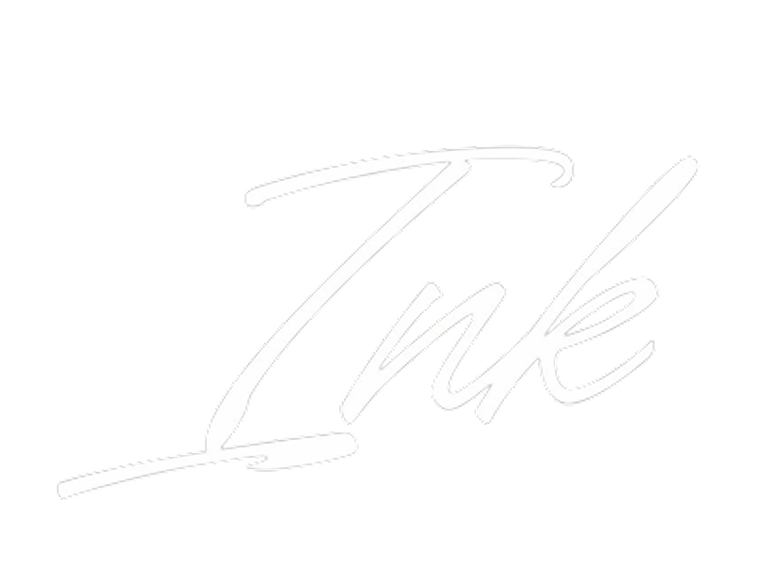The Evolution of Written Communication: A Brief Overview
- rodwgray2
- Oct 21
- 2 min read
Welcome back to the Power of the Pen Blog series for my new book, INK: Discover the Power of the Pen in a Digital World releasing TUESDAY NOVEMBER 4TH!
In this entry, we’ll explore Chapter One, "The Evolution of Written Communication," which highlights the enduring significance of writing, especially by hand, in our increasingly digital world.
A Journey Through Time
Written communication has been a crucial aspect of human interaction for millennia, bridging thoughts and feelings across cultures and eras. The chapter chronicles the history of writing from ancient cuneiform and hieroglyphics to personal letters in the Greek and Roman eras.
The rise of illuminated manuscripts during the Middle Ages showcased the artistry of handwritten texts, while the printing press in the 15th century made written material widely accessible, marking a shift in communication styles. Despite this evolution, the personal touch of handwritten notes remained cherished, particularly for expressing emotions during the Victorian era.
Influential Figures and Practical Impact
Notable figures throughout history, such as Presidents Abraham Lincoln, Richard Nixon and George Bush and the King of Rock N Roll Elvis Presley were known for their handwritten letters for their unique ability to convey deeper sentiments that digital communication often lacks. Their appreciation for the art of writing serves as a reminder of its lasting power in building genuine connections.
Conclusion
In summary, Chapter One emphasizes the importance of handwritten communication and its capacity to transcend time and technology. As we navigate a digital landscape, let's honor the legacy of written words and embrace the art of personal correspondence.
Reflect on a handwritten letter or note that you have received that made a significant impact on you.
What emotions did it evoke, and why do you think it resonated with you so deeply?
How did this handwritten note make you feel verses receiving a text or e-mail?




Comments